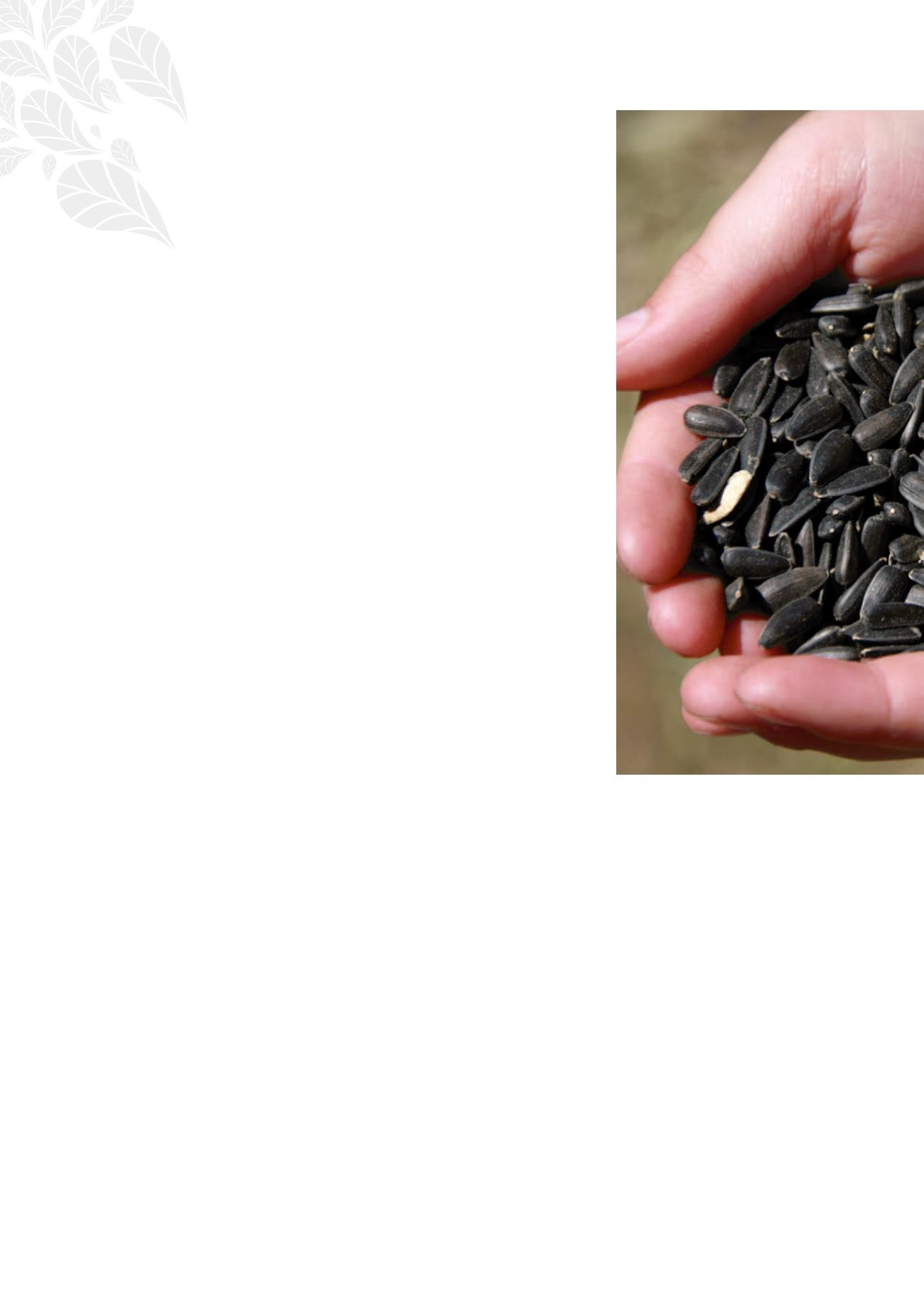

THE
GRAIN AND OILSEED INDUSTRY
OF SOUTH AFRICA – A JOURNEY THROUGH TIME
ႆႄ
In March 1997 NOPO held exploratory discussions with NAMPO and the DPO
(Dry Beans Producer Organisation) about possible co-operation agreements.
Ultimately the NOPO leadership decided that they had more in common with
NAMPO thanwith the DPO. Discussions progressed froma debate on co-operation
to the merger of NOPO and NAMPO.
Restructuring of the oilseeds industry
In terms of the business plan for the oilseeds industry it was agreed that the Oilseeds
Board would conclude all functions on 30 September 1997. The activities of the
Oilseeds Board, which had been established in 1952, were therefore terminated after
45 years. The business plan that the Oilseeds Board submitted to the Minister made
provision for the following structures to look after the interests of the industry after
the abolition of the Oilseeds Board:
• The Oil and Protein Seed Development Trust (OPDT)
The trust was registered on 18 September 1997. The main objective of the trust
was to promote the oilseeds industry in South Africa. Trust income and capital
would be employed only for research, information and support services in
the interests of the industry. The deed made provision for the appointment
of seven trustees, one of which would be a representative from the Minister.
• Oilseed Advisory Committee (OAC)
The advisory committee, comprising ten representatives of the industry, convened
for the first time on 1 December 1997. In terms of the deed the advisory committee
had to be consulted by the trustees before any decisions regarding requests for
financial support were made. The advisory committee was also responsible for
the appointment of trustees, excluding the Ministerial representative. However, the
committee’s primary function was to assess information and research projects in
the interest of the industry and refer them to the trust for funding.
• Research Priority Committee
The Research Priority Committee (committee of the advisory committee) was
tasked with identifying research and other projects in the interest of the industry.
After priorities had been determined and the assessment process completed,
the priority committee passed recommendations on to the advisory committee
for decision-making.
• SAGIS: Information to industry
The maize, oilseeds, winter grain and sorghum industries decided to establish
a section 21 company and contribute pro rata to the SAGIS budget. SAGIS was
establishedwith the aimofmanaginggeneric information services for the grain and
oilseeds industries. Where necessary, statutory measures would be introduced
to ensure that information was given to SAGIS. The respective trusts would also
nominate and appoint the members of the SAGIS board.
• Industry forums for sunflower, soybeans and groundnuts
After the Oilseeds Board had been phased out, the various commodity sectors
still had a need to liaise with one another on common commodity matters.
The following forums were established:
- Groundnuts Forum (1996)
- Sunflower and Soybean Forum (1997)
All role-players from the value chain could attend forum meetings (at their
own expense) and consensus decisions were made. When consensus was not
reached, the forums appointed a technical committee as the next step to inves-
tigate the matter further and pass recommendations on to the forum. Common
matters that were handed by the forum included grading, health regulations and
research needs.
















